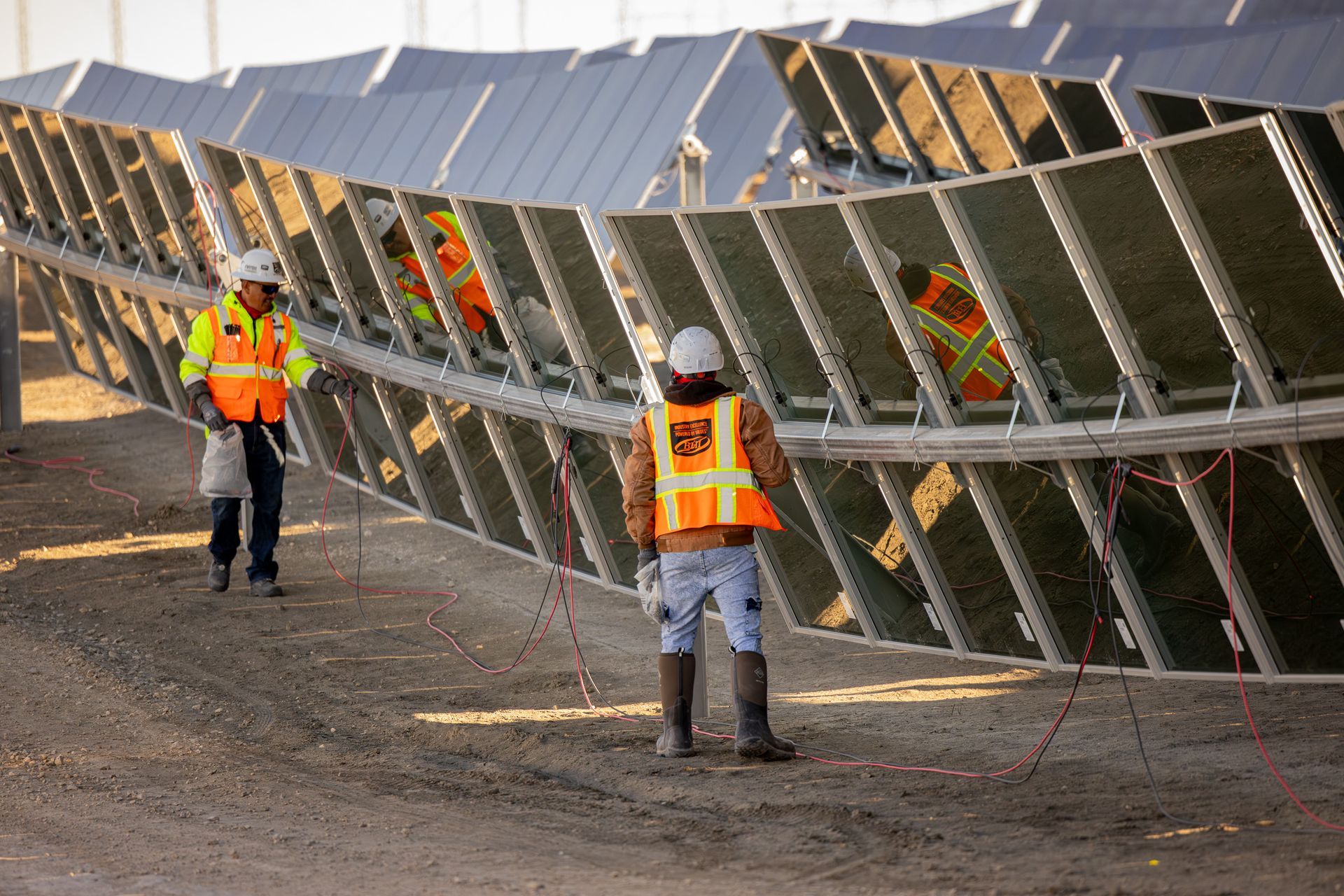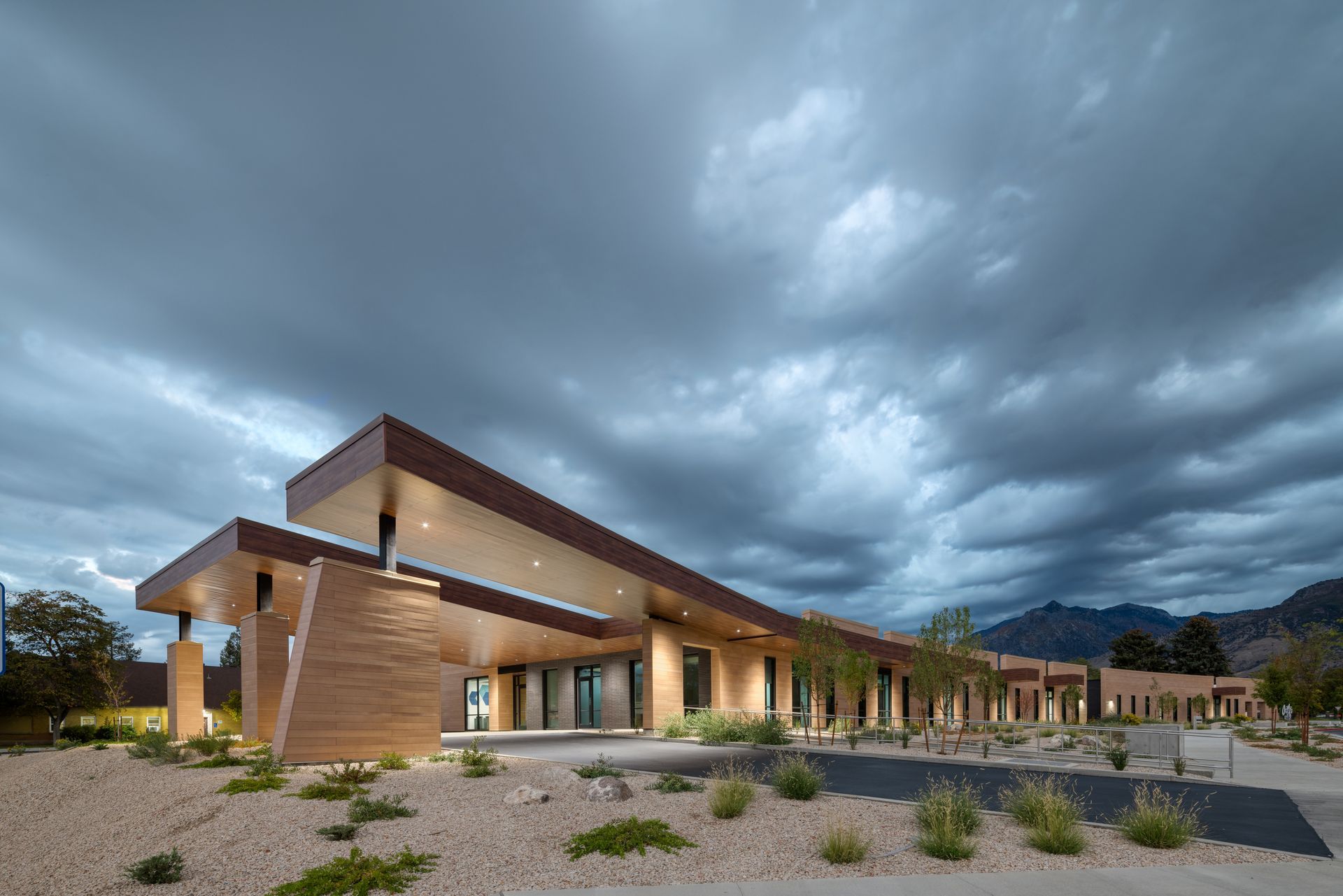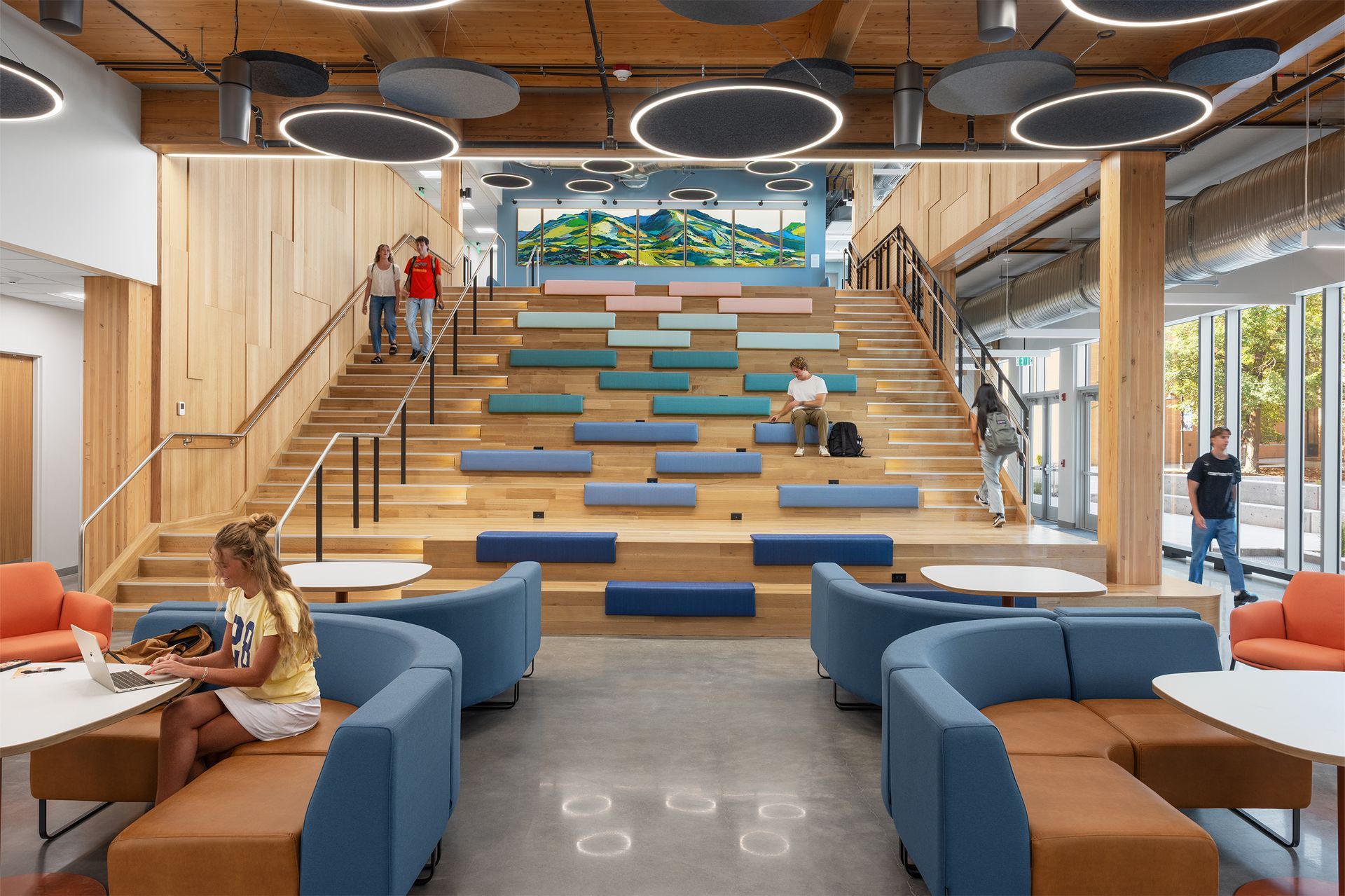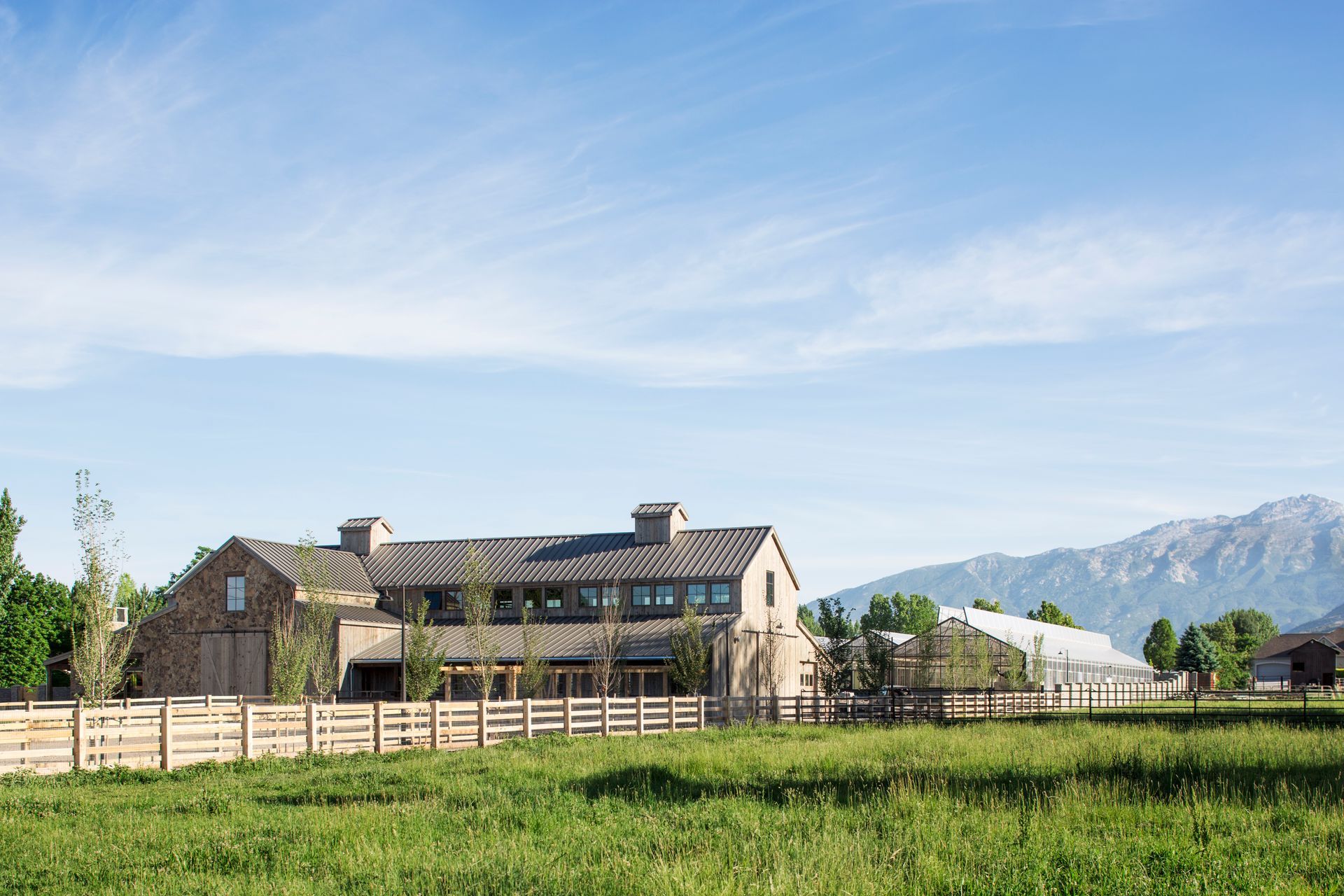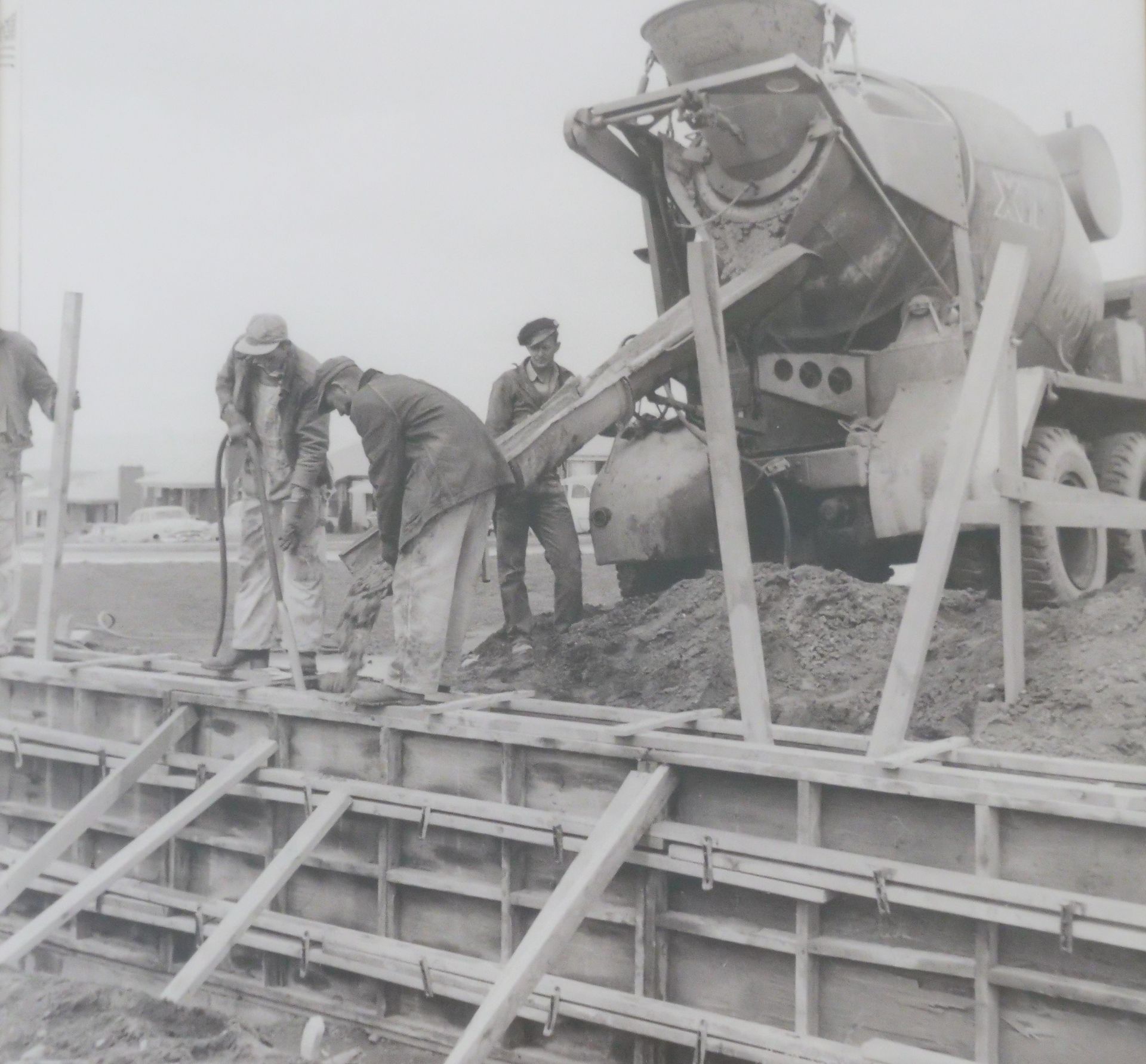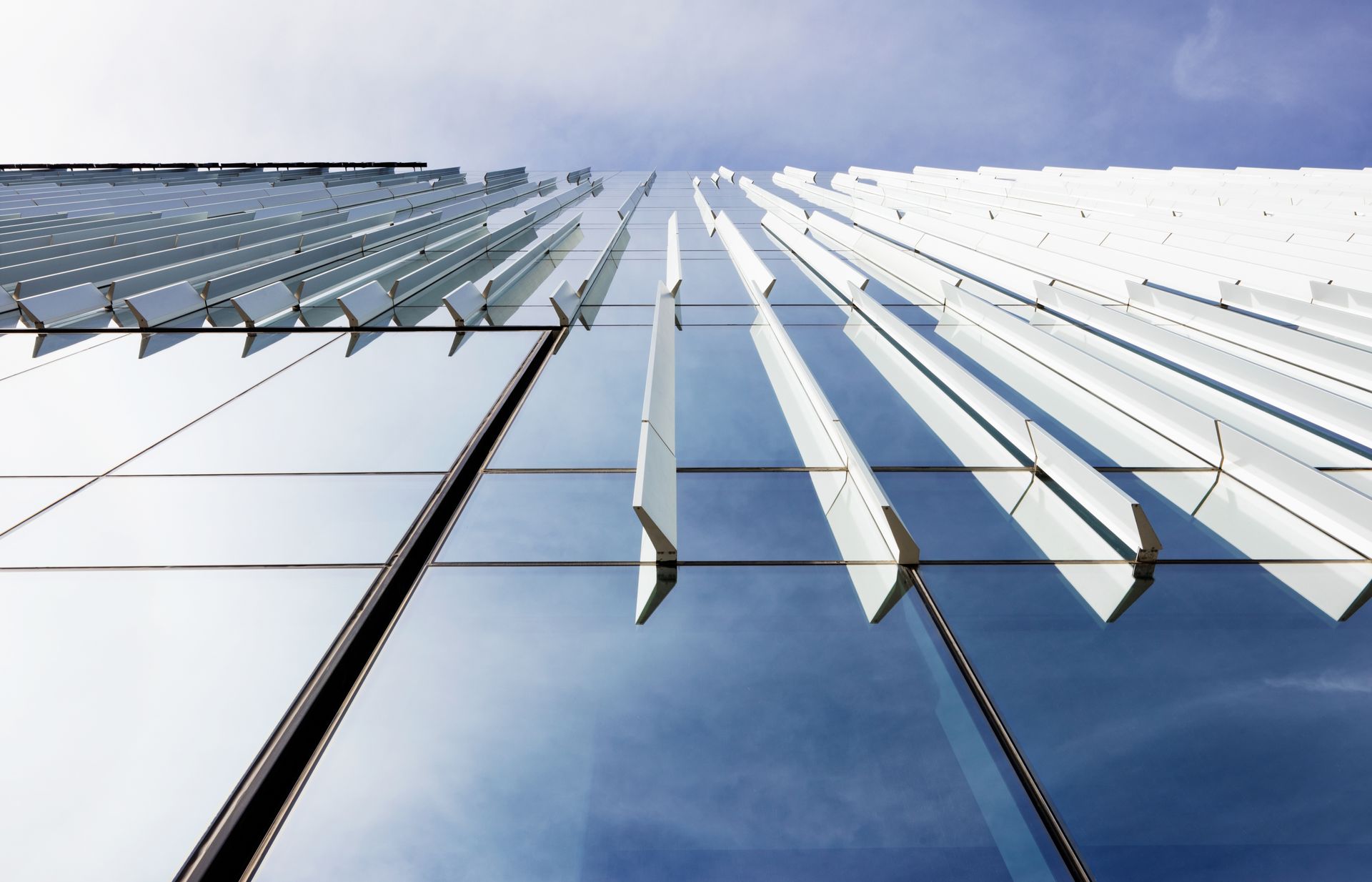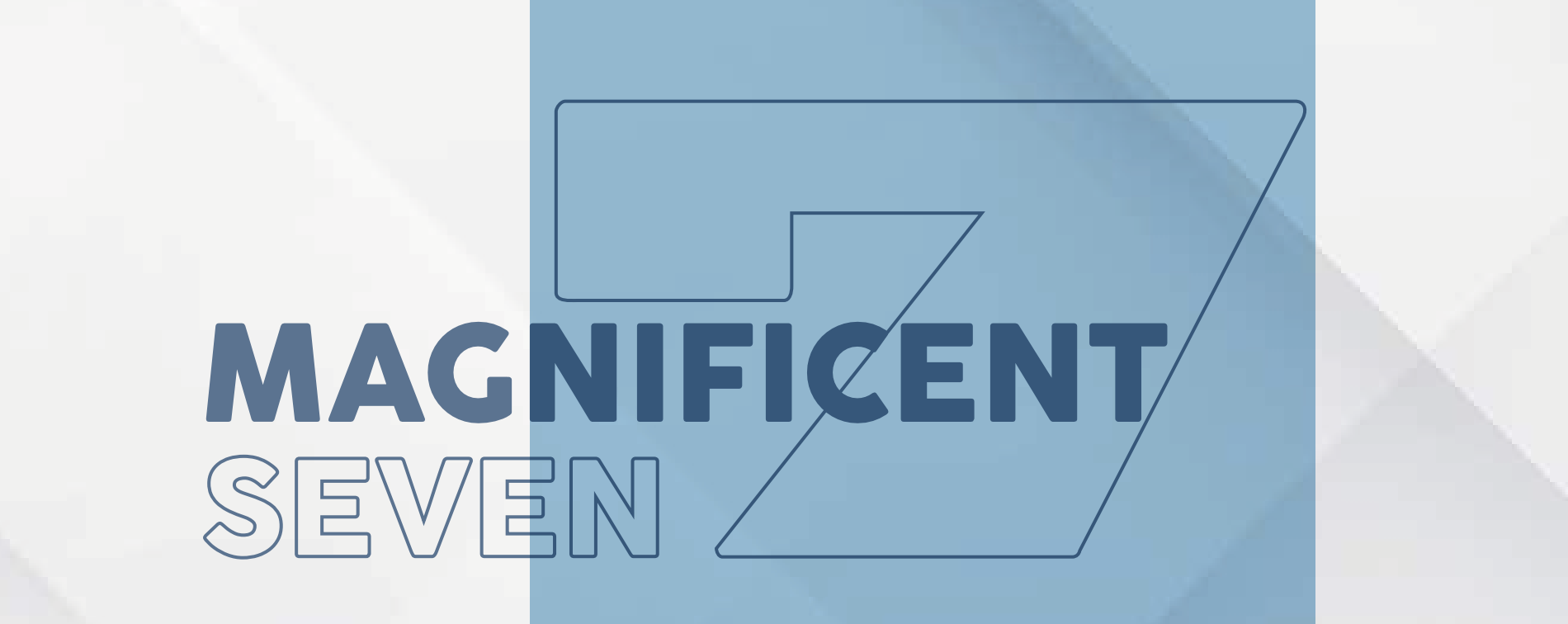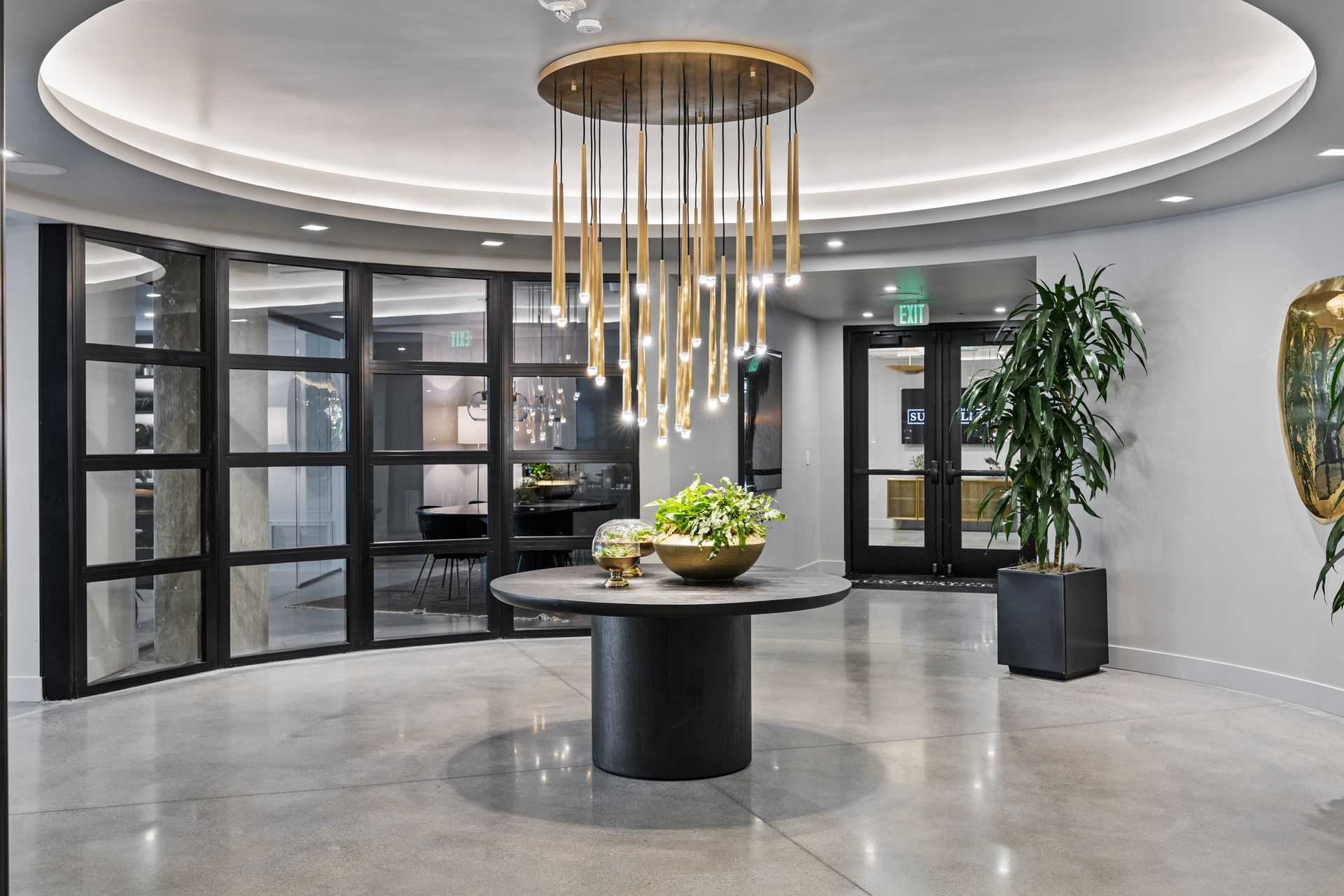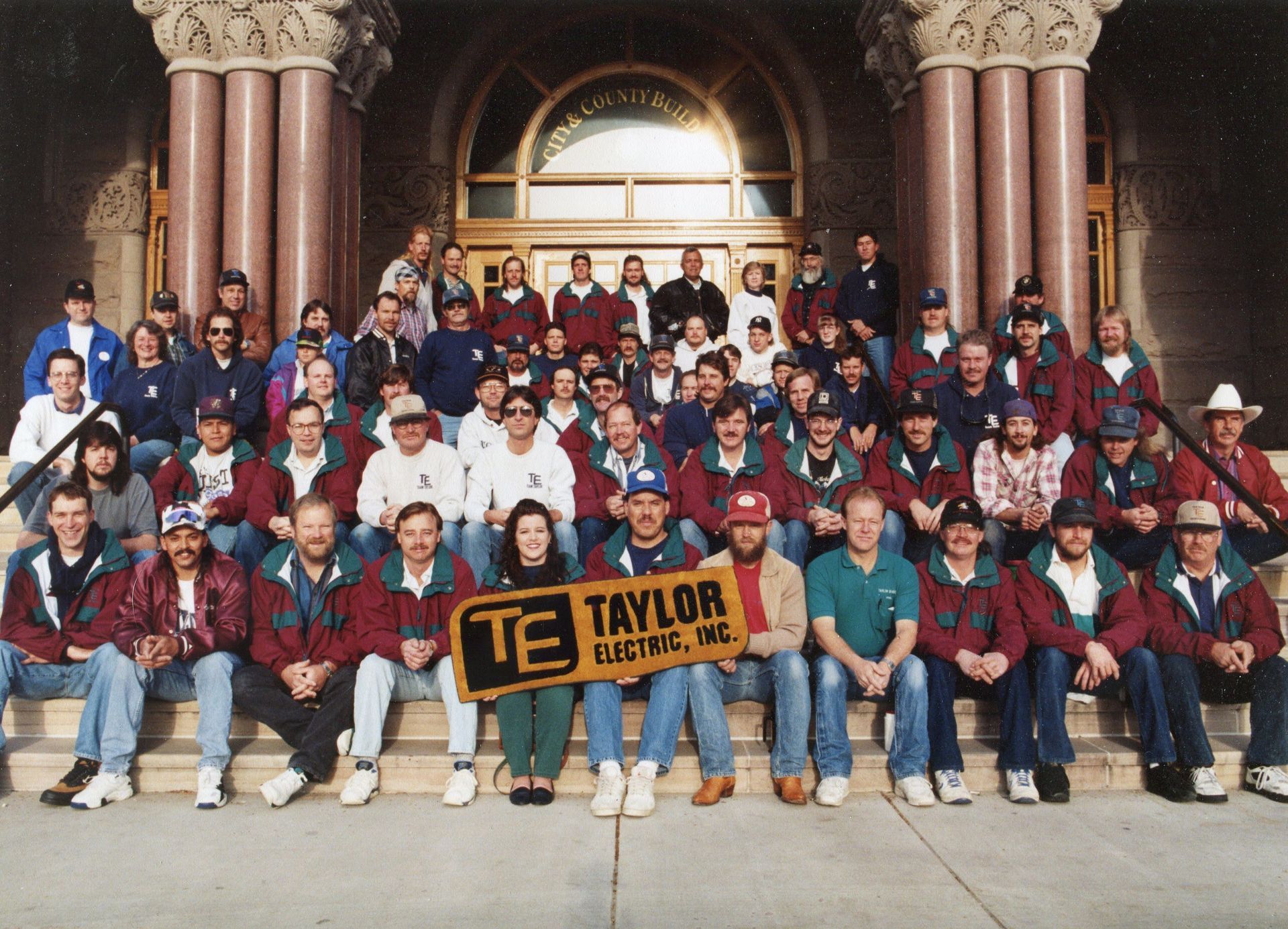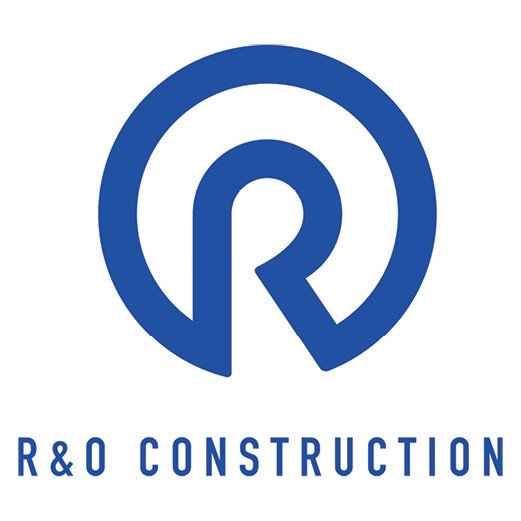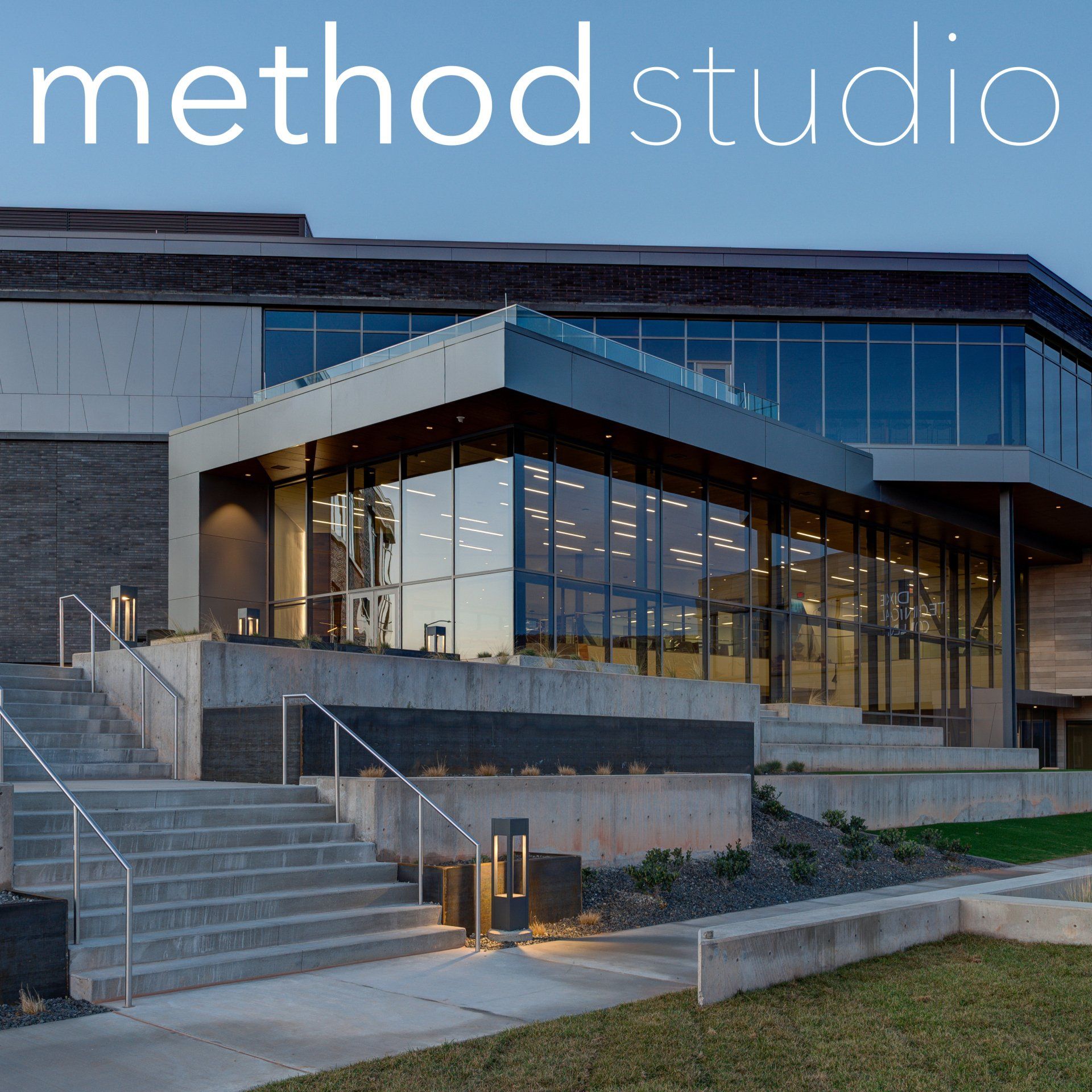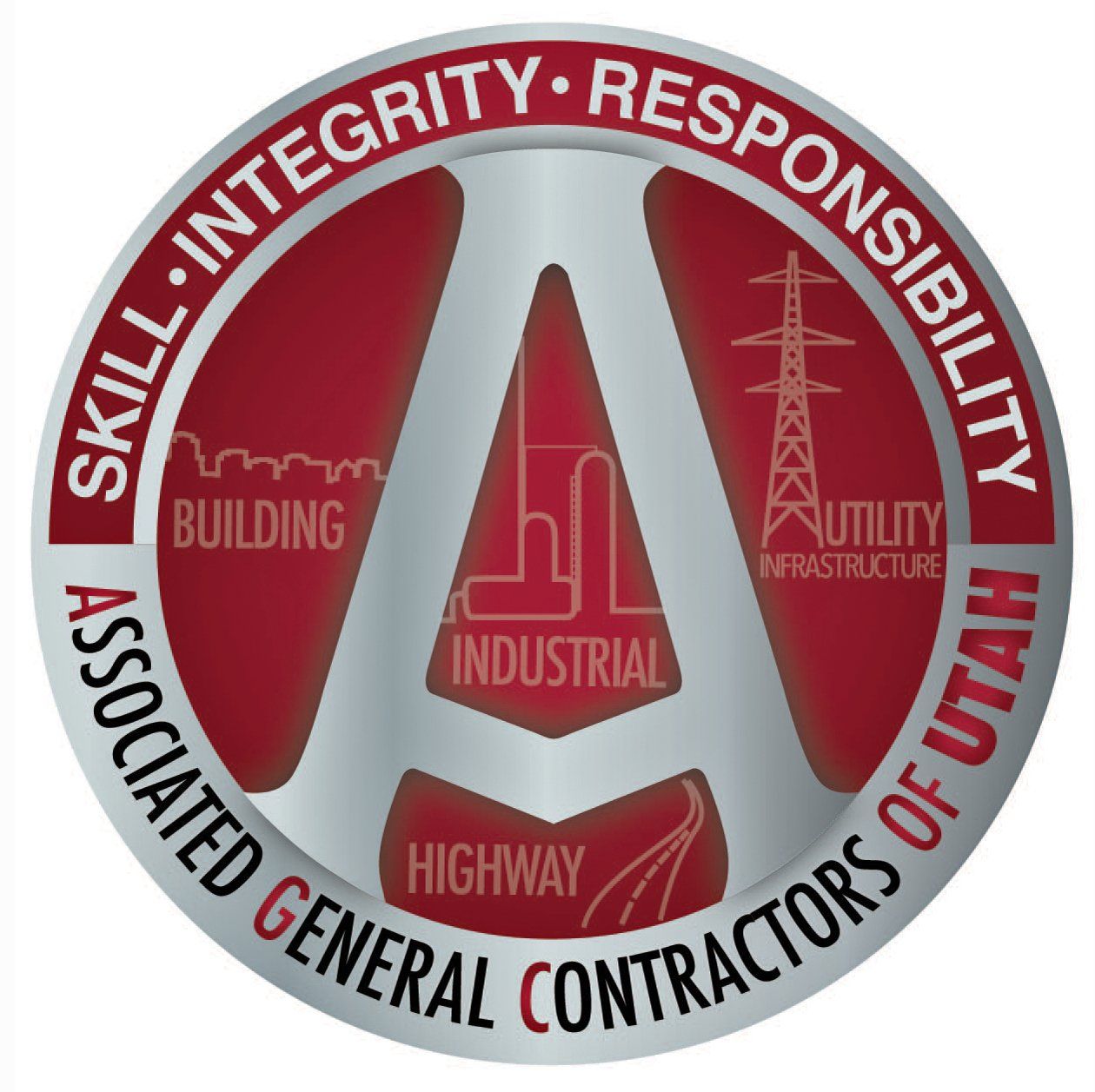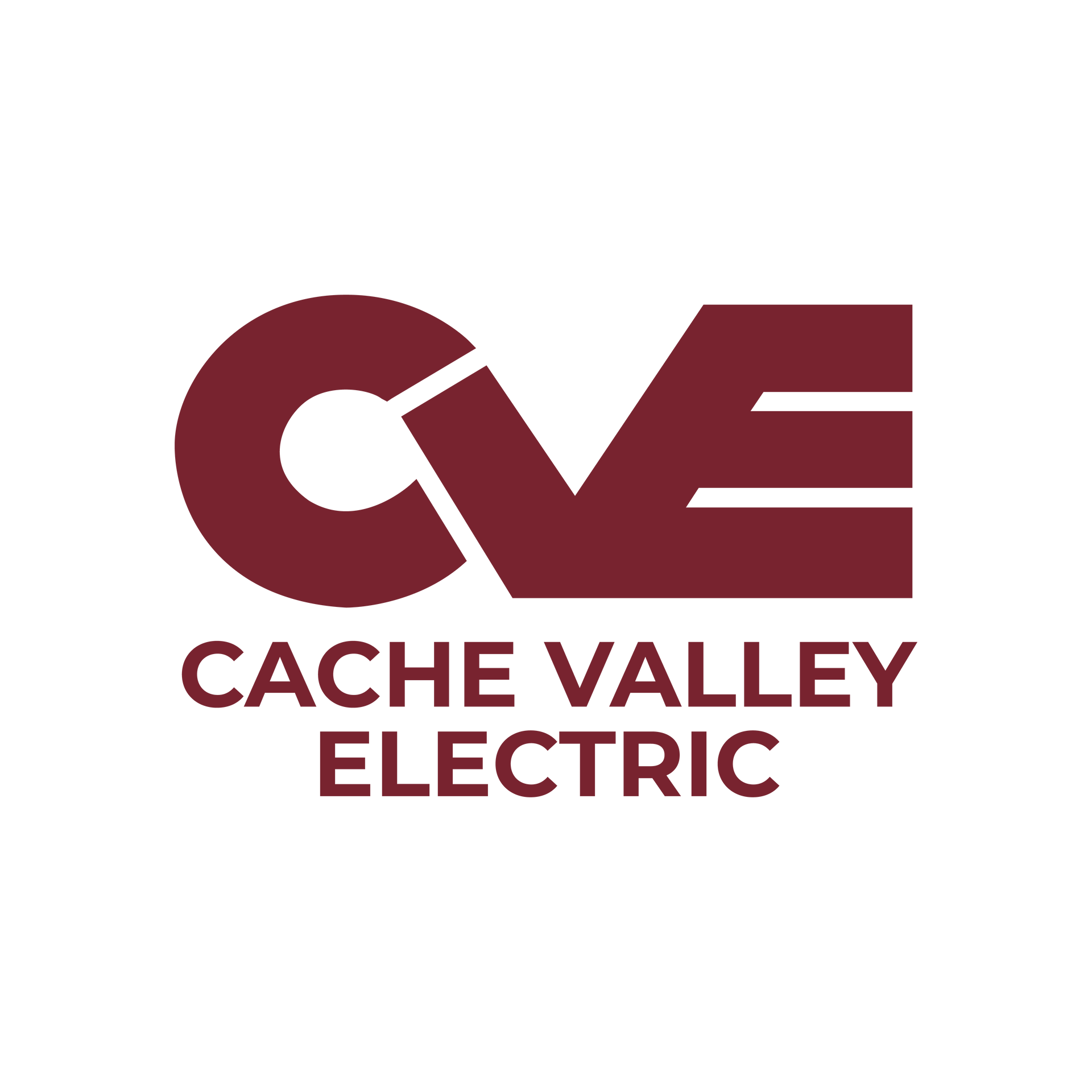Street construction is always a challenge, but the resiliency of the project team helped to transform 200 South into a prime example of an accommodating street for business and all modes of transportation. By Taylor Larsen
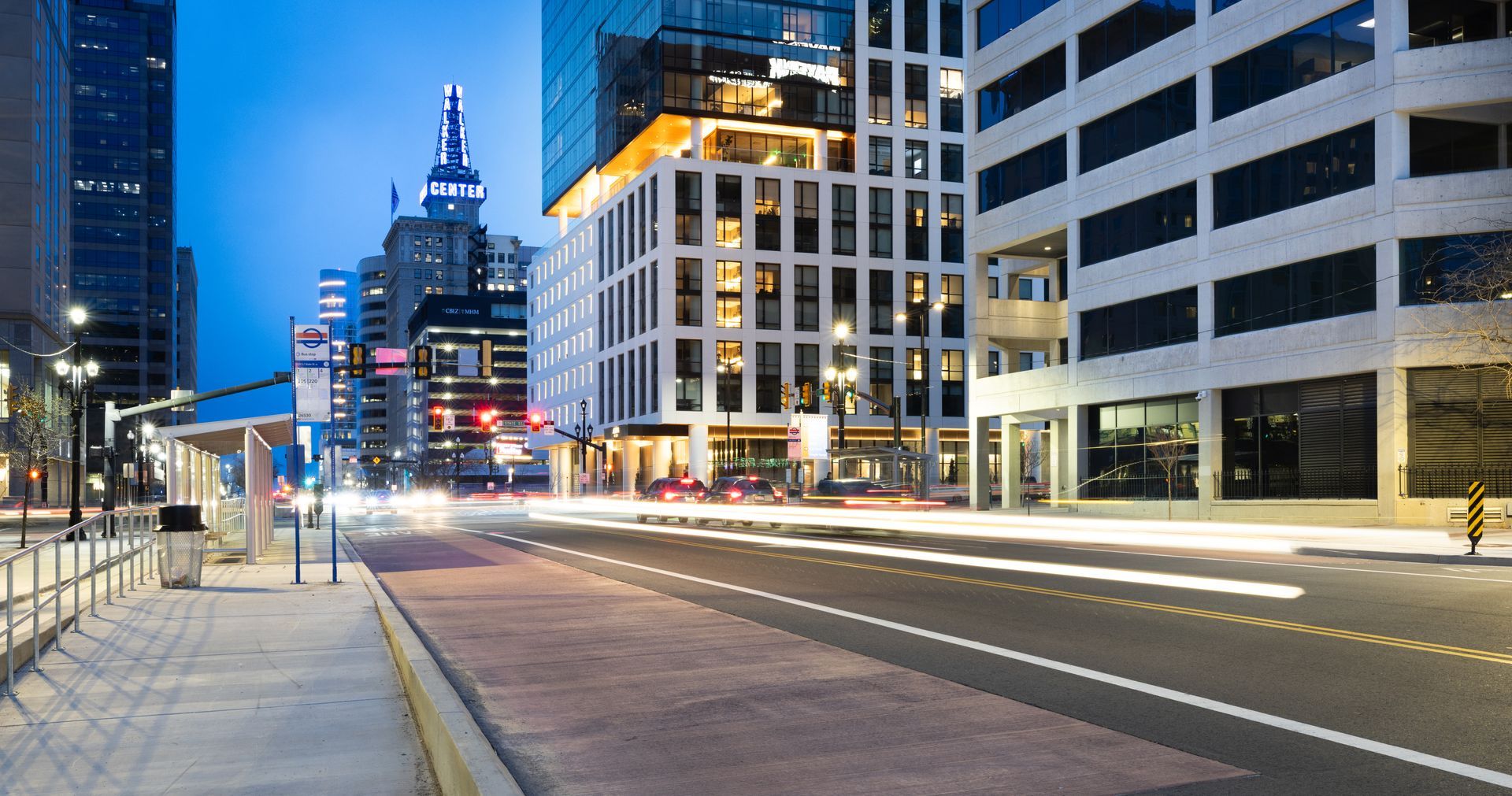
What it took to transform 200 South
775,000 SF of new asphalt pavement with embedded fiberglass paving grid to extend the life of the road- 80,800 SF of concrete in the form of sidewalks, ADA ramps, and bus boarding platforms to improve accessibility
- 14,100 linear feet of curb to maintain drainage
- 2,070 linear feet of storm drain between 200 East - 400 East to keep water off the road
- Over two miles of new dedicated bike lanes (6” concrete pavement) to separate bikes from vehicular traffic
“It was a hopscotch and jump across the project,” Kearns said, made especially difficult as many of the projects, especially the Enbridge Gas pipeline reconstruction, ran into delays. But Acme and their construction trade partners continued, “determining how we could play in the same sandbox and get things done.”
According to Kearns, while pipeline construction began on 200 East and worked eastward, Sword and the Acme trade partners leapfrogged pipeline construction to remove infrastructure on other parts of the corridor reconstruction. Sword’s deft planning and coordination utilized smaller crews that worked across the project scope to accommodate area regulars and push the project forward. Their work with business owners resulted in a solution where construction trades worked during certain businesses’ downtimes. Construction teams laid and cured concrete in one area before jumping to the next area to place road base or metal bridges leading to building entrances, keeping people moving in and out of businesses to keep a sense of normalcy around the project area.
“When we put out a three-week look-ahead, we were able to get our message out quickly,” said Kearns. “I think that’s where we excelled.”
A Street Renewed
Today, the 200 South corridor is one renewed with the infrastructure and upgrades to take commuters across the project’s 13 city blocks and better serve businesses housed there.
200 South Upgrades
- Colored priority lanes for buses and bikes
- 20 in-lane bus stops with bus boarding platforms
- Buffered bike lanes channelized behind boarding platforms with intersection safety upgrades,
- Sidewalk and curb ramp repairs to meet ADA standards,
- Six mid-block crossings that included things like curb extensions, refuge islands, and flashing crosswalk lights for pedestrian safety and convenience,
- Curbside parking and loading zones for freight and passenger vehicles,
- 36 new trees—hooray for greenery!
Cook noted that collaboration across the project, especially UTA’s $2 million contribution, showcased Salt Lake City’s ability to successfully build a stellar transit corridor.
“It’s nothing new for municipalities to advocate for high-quality transit. However, there is a prevailing expectation that UTA operates the transit service and therefore anything transit-related comes through them. But who owns the streets? Who controls the traffic signals? Who manages sidewalks, crosswalks, and park strips? This project shows how Salt Lake City is proactively partnering with UTA to enhance bus transit.”
As the project team looked back, they were immensely proud of what they accomplished to rebuild the 200 South corridor.
“There are a lot of safety aspects to these [Salt Lake City] projects, where we’re adding transit and pedestrian facilities and increasing visibility,” said Kearns, who praised Salt Lake City’s foresight in developing such an impactful project. “If we can save just one life, it makes it all worth it.”
For Adams, the biggest point of pride was the resiliency in the face of construction challenges.
“I love the fact that people stayed on that corridor, that they walked and biked,” Adams said. “[Construction] didn’t deter people from the way they live their life and the way they use 200 South.”
Today, getting east and west is easier and more comfortable than ever on the 200 South corridor. Good urban construction in the capital city has breathed new life into infrastructure and made a welcoming street for all.
200 South Reconstruction
Location: 200 South, 400 West - 900 East
Cost: $17 million (construction) + $2 million from UTA for shelters, benches, garbage receptacles, safety railings, lighting, and real-time digital information systems
Construction Timeline: May 2022 - November 2024
Owner: Salt Lake City Corp.
Owner’s Rep: Parker Bradley, PE
Public Involvement: Avenue Consultants, Bill Knowles
Design Team & Subconsultants
Prime Consultant: AECOM
Subsurface Utility Engineering: KCI Technologies, Inc.
Pedestrian, Bicycle, and Urban Design: Township + Range
Urban, Landscape, and Irrigation Design: GSBS Architects
Street Lights & Electrical Engineering: Clanton & Associates
Construction Team
General Contractor: Acme Construction
Excavation: Acme Construction
Drainage: Brinkerhoff Excavating
Trucking/Hauling: Acme Construction
Asphalt Paving: Kilgore Contracting (Phase 1), Granite Construction (Phase 2)
Electrical: Skyline Electric (Phase 1), Cache Valley Electric (Phase 2)
Concrete: Acme Construction
Signs: Peck Striping
Striping: RoadSafe Traffic Systems
Survey: REDCON Land Surveying
Landscaping: Waterscape Landscaping
